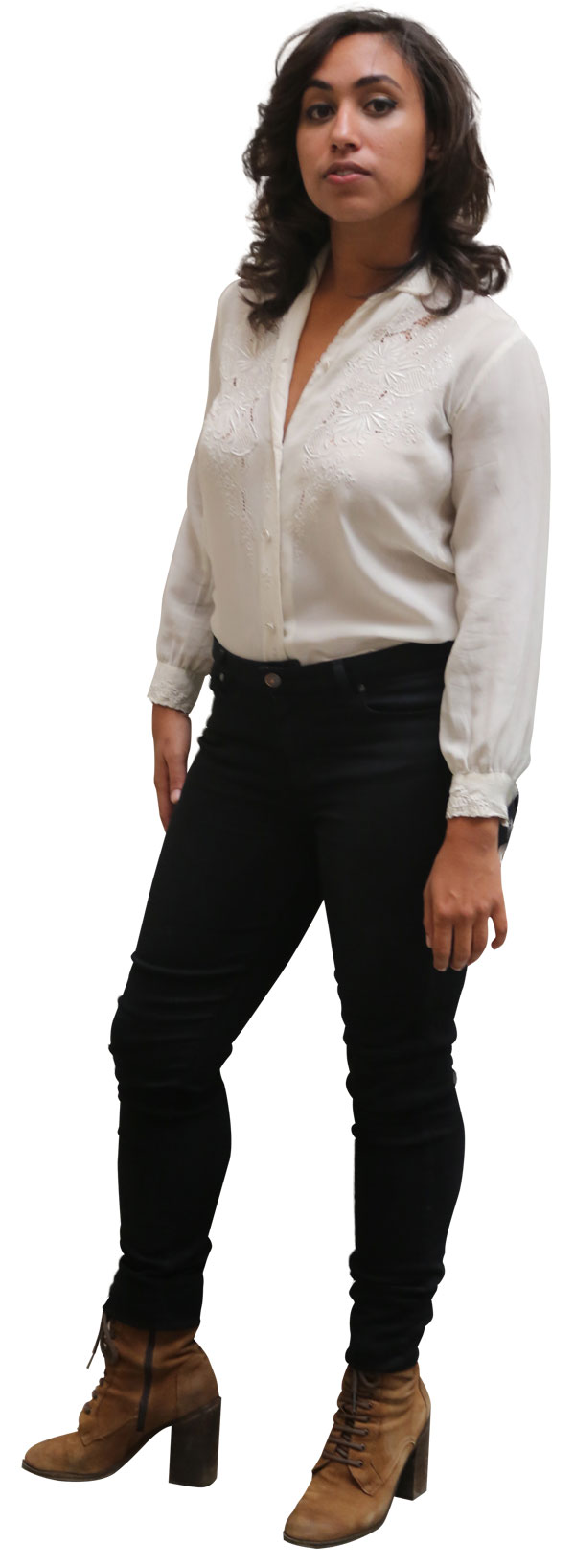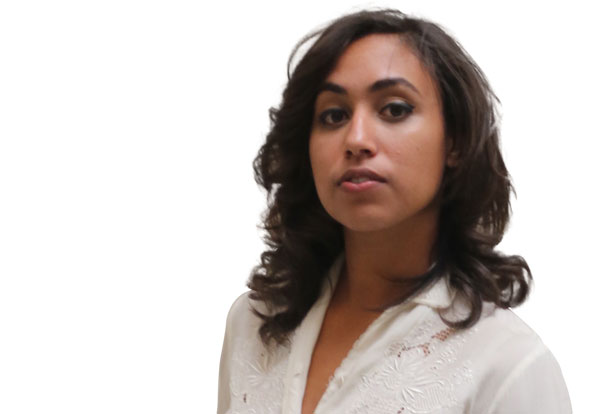Dhyandra Lawson is a curatorial assistant in the Wallis Annenberg Photography Department at the Los Angeles County Museum of Art (LACMA).
ARTILLERY: Please describe your job at LACMA.
Lawson: I support the curatorial work of my departmental colleagues and make time for my own curatorial practice. I make acquisitions, present works for display, and ensure works are preserved properly into the future. We collaborate with the entire museum in these efforts.
How did you become interested in photography?
When I was a teenager we had a darkroom in the laundry room. I would experiment by making photograms. I was also drawing with charcoal. I think I was attracted to the quality of the charcoal and the blacks in gelatin-silver prints. Later I worked as a studio assistant in a black-and-white [photo] lab. I recall watching the master printer burning and dodging. It was like theater. I was captivated.
How does your studio background inform your thinking about curating?
I am interested in the ways in which artistic strategies can be applied to curatorial practice. In homage to Larry Sultan and Mike Mandel’s [photo book collaboration] Evidence (1977) and in conjunction with LACMA’s 2015 retrospective, “Larry Sultan: Here and Home,” I curated a selection of photographs printed from negatives culled from the museum’s archive. Like Evidence, I isolated bizarre, bewildering, humorous scenes and presented them in a new context without explanation, for a chance at new meaning.
What areas of photography excite you most?
Contemporary artists push forward and I am excited by what artists are making now and what they want us to “look at” next. Every project is rich. Every project presents a challenge. I have to confront the work, and in so doing, interrogate myself. What do these pictures mean to me? That is what is compelling.
How do curators for museums consider what to exhibit or buy on behalf of the institution? Is digital photography off limits because you must take the art-historical long view?
Decisions about acquisitions and exhibitions for LACMA are made with reference to the particular mission of an encyclopedic museum. We consider our audience, our existing collection, future exhibition plans, and other Los Angeles collections. LACMA’s photography department was established in 1983, and since the early 1990s, we have been collecting prints made digitally. Some of the first examples include Iris inkjet prints by Graham Nash, co-founder of Nash Editions, the world’s first fine-art digital printmaking studio. We do not prioritize analog over digital methods or vice versa. It is all part of the history of the medium.

photo by Eric Minh Swenson
Is Susan Sontag’s text, On Photography (1977), still relevant, and if so, how?
Forty years have passed since Sontag wrote On Photography, and it is a testament to the text that her observations still resonate. She rightly perceived that photography is most widely practiced as a social rite and a tool of power. Sontag concluded her opening essay, “In Plato’s Cave,” with: :’Today everything exists to end in a photograph.’ In reflecting on the hundreds of thousands—if not millions—of pictures that have been taken since I sat down to respond to these questions, it seems the prevailing use of photography remains to transform fleeting experiences into images.



















0 Comments